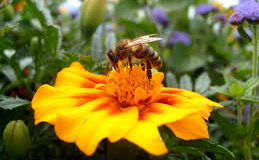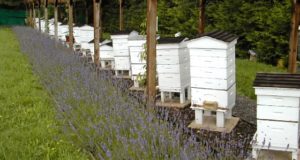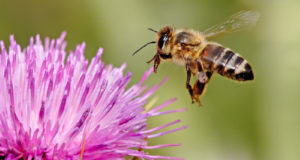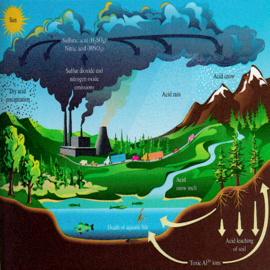
If you thought that algae could be easily identified, you were mistaken indeed. Algae have a diverse group that cannot be easily identified or seen through naked eye. Although they seem to appear identical, algae have various shapes, sizes, and roles in the marine ecology. Thousands or even millions of identified and unidentified species can be found in both fresh and marine waters all over the world. Most species of fresh water algae float in the water, while others cling on rocks, aquatic plants, and pond’s surfaces. However, some species of fresh water algae are harmless and manageable, but other types provoke problems and are difficult to combat.
Algae, normally, serve as crucial organisms in the lake or pond ecosystem. They help balance the food chain that is important to the marine life by providing food, energy, and shelter among fish, zooplanktons, and other marine organisms. What’s more is that they help absorb the heavy metals trapped in ponds or lakes.
The most popular groups of fresh water algae are green algae, diatoms, and blue-green algae. The green algae are the largest and most varied group of algae. According to scientists, green algae came terrestrial plants and contain bright, green pigments. However, these types can contaminate clear, healthy water into “cotton candy” clouds.
Diatoms produce yellow-green or yellow-brown pigments in ponds or lakes. The cell wall of diatoms are composed of two separate valves or shells made from silica. The silica valves make diatoms appear in beautiful shapes and colors when seen under the microscope. Diatoms multiply through cellular division, and they produce offspring that can create new cell walls. Some types of diatoms release toxins referred to as domoic acid. Domoic acid often attacks shellfish and are poisonous to humans and other marine animals. However, fresh water diatoms do not produce domoic acid.
Blue green algae or cyanobacteria contain green, blue, and red pigments. Excessive blooms of blue-green algae cause problems in pond and lake environment. Other types of algae are euglenoids, dinoflagellates, brown algae, stoneworts, and desmids.
Yes, it is true that fresh water algae have some benefits in pond or lake environment, but most people think of them as a mere problem. Contrary to their benefits, fresh water algae are notable for their disadvantages. They can affect the health of human and marine life in which they trigger fish kills, death, and depletion of water systems.
Fresh water algae become a problem when excessive blooms occur. This normally happens during summer when the weather is hot and the nutrients are rife for the fresh water algae to consume. Most pond or lake owners neglect the small population of fresh water algae for the belief that their occurrence is normal; however, these seemingly benign creatures could take the life of your special possessions.
What are the signs that fresh water algae are getting problematic? Fresh water algae normally start with a small population, but given with profuse sunlight and required nutrients, they grow gradually in large groups. They also produce “scums” and lead to the discoloration of water. When left untreated, these algae could suffocate fish and affect the entire marine environment.

Source by Lara Davidson
 Vitamin Agent The Health & Naturalistic Source
Vitamin Agent The Health & Naturalistic Source





